Sunlight interview
Sunlight’s jazzy psychedelic pop instrumentation easily draws parallels to the Doors and Iron Butterfly. It’s not hard to hear the joy Sunlight experienced cutting the record, and we can only imagine where their subsequent steps would have taken them had they continued making music.
Sunlight were:
Gary Young – Lead Vocals
Jerry Griffin – Keyboards & Vocals
Steve Montague – Bass
Carl Estrella – Lead Guitar
Don Sain – Rythem Guitar
Bob Morgan – Drums
Ron Clark – Woodwinds & Percussion
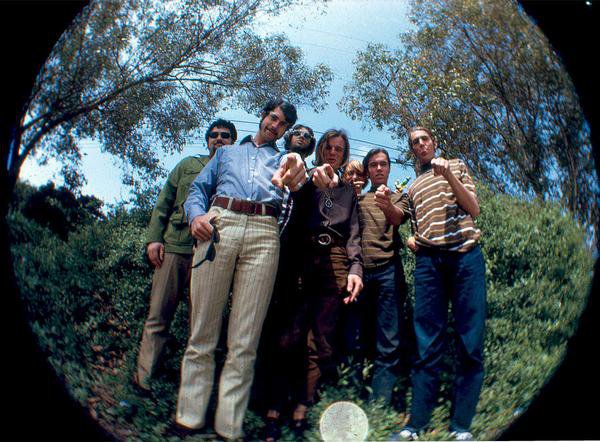
Interview with Steve Montague
Are you all coming from California?
No. Our lead singer, Gary Young, was from Oklahoma City in Oklahoma State. The rest of us were all born and raised in California.
Was music a big part of your family life?
I can only speak for myself here. My parents played music in our home as I was growing up. Mostly classical records, and they also played intruments, my dad on violin and my mom on piano. Starting at 10 years old, I took up the trombone in school, which I played until I graduated from high school in 1969. (In fact, I played trombone on one song on the Creation Of Sunlight LP.) My point being, I was around music a lot.
For people my age, we generally consider 1964 the beginning of time as far as popular music is concerned. That, of course, is the year the Beatles took over the airwaves. By 1965, every kid on the block wanted to be in a rock band. But it was actually The Byrds and early Who that got me hooked. I think it was the summer of 1966 when myself and two of my closest friends started to teach ourselves how to play guitars. At some point we realized one of us needed to be the bass player. I had started to notice the fluid melodic playing of Jack Casady (Jefferson Airplane) and Phil Lesh (Grateful Dead), so I volunteered to play bass.
How old were you in 1966, when you started Sunlights’ Seven?
I would have been 15 for most of 1966 (my birthday is in December), but that’s not when Sunlights’ Seven started. That band formed in 1968, although all the members had been playing for a few years by then in different groups. I was 17 by then.
Was this your very first band?
My first group, with my two friends mentioned above, was called California Smog Band. By 1968 I was in a group called High Voltage, and continued to be in that band even when I joined Sunlights’ Seven.
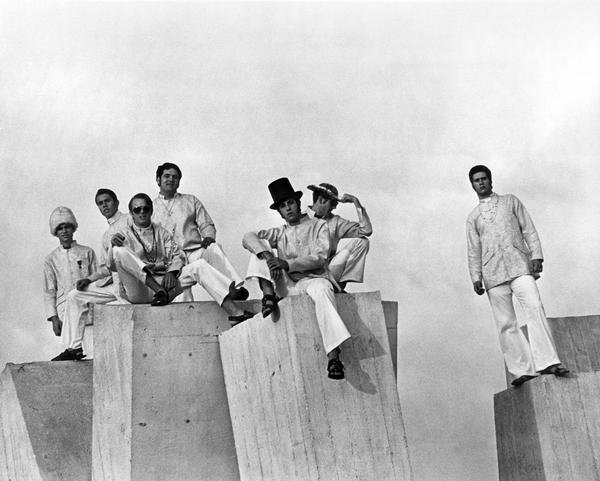
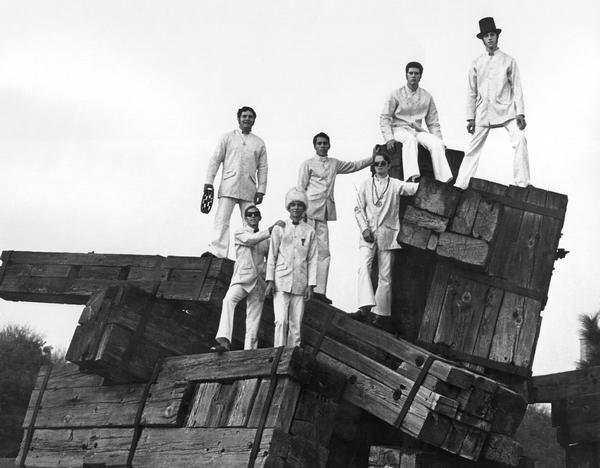
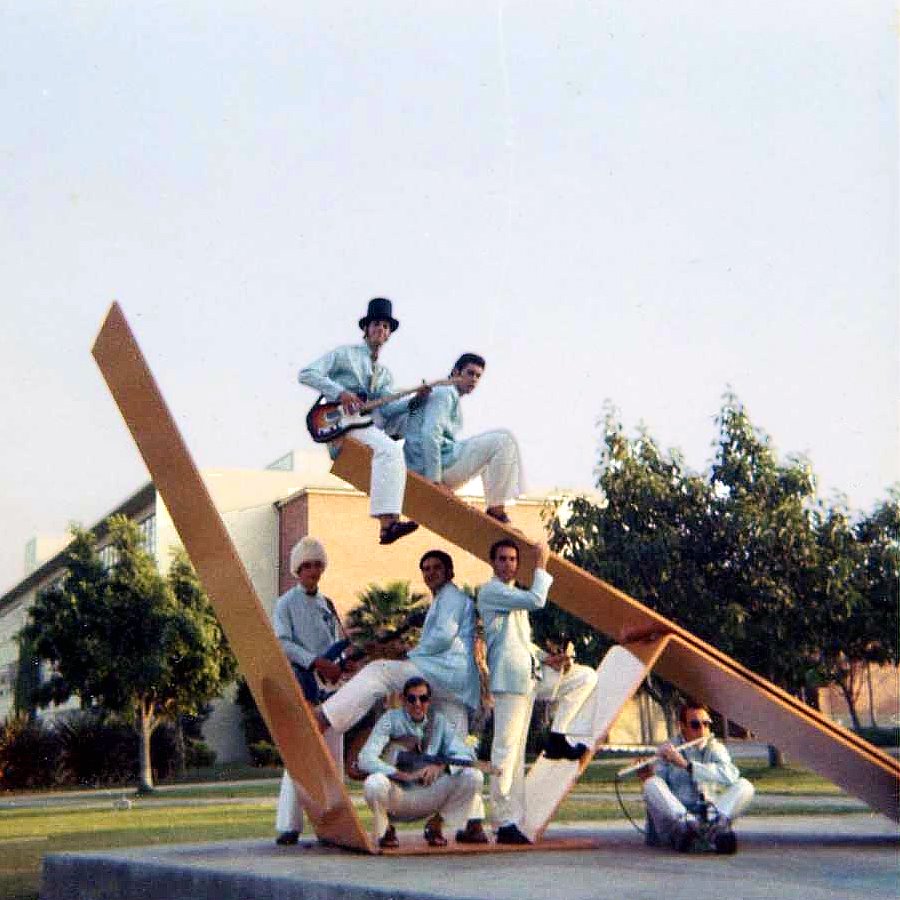
Entra Records signed you up to record “David” / “Judy in Disguise”. How did they come in contact with you?
I don’t recall most of the details about the business side of things. Our lead singer, Gary, was a few years older than the rest of us, so that was all on him. Somehow, he had developed a relationship with Bob Engemann, a producer and former member of the early ‘60’s vocal group The Lettermen. Bob owned the best independent (not label owned) recording studio in Hollywood. “David” and “Judy” were not the first songs we recorded there, but they were the first ones deemed good enough to be a single. I think Entra Records was created by Gary and Bob specifically for that purpose. I’m not aware of any other music that was on that label.
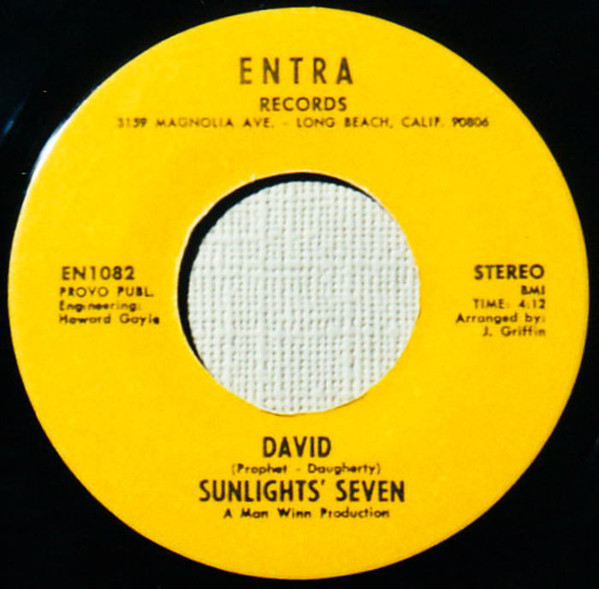
What sort of venues did you play?
In those days, all music was live. There were no iPods, Walkmans, live DJs (except the ones on the radio). If someone wanted music at a club, or a party, or a dance, they hired a real band. So there were lots of bands, and lots of places to play, and we all did covers of the popular music of the time. It was sort of a Catch 22 situation, in that the only groups that could play original music were the ones who already had some sort of notoriety, while you couldn’t get any notoriety unless you did play originals. So there was a good demand for cover bands, playing two to four hours worth of other people’s music, at high school and college dances, but little interest in unknown original music. Kids just wanted to dance to what they were familiar with. While we were working on our original songs, we would occasionally sneak one or two into a set. We played frat parties at UCLA and USC, and the five local Long Beach high schools were so well funded then, each one had its own off-campus teen center, with a dance every Friday night. We became so popular at one that we set an attendance record that was never broken.
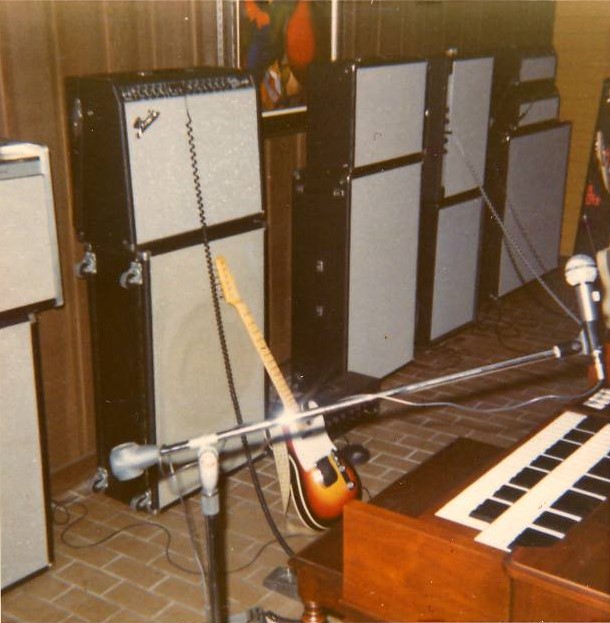
There is a whole album listed on DCT Recorders as Sunstroke by Sunlights’ Seven. It looks like an unreleased acetate?
Ha! That’s one of those myths that exist only on the internet. DCT Recorders was simply a local studio that had a disc cutting lathe. Acetates were a common way to have a physical reference of a recording. We recorded three songs at our first session at Bob’s studio, and we had DCT make us a few (maybe 5) acetates to take home or use to show record labels. We titled it “Heaviness” for no particular reason. I still have one. After our second recording session gave us two more songs, we put those plus the first three on a few more acetates (maybe 3) and called that “Sunstroke”. It was never an album. Just five songs on a reference acetate. Four of those songs would eventually be on the Creation Of Sunlight LP.
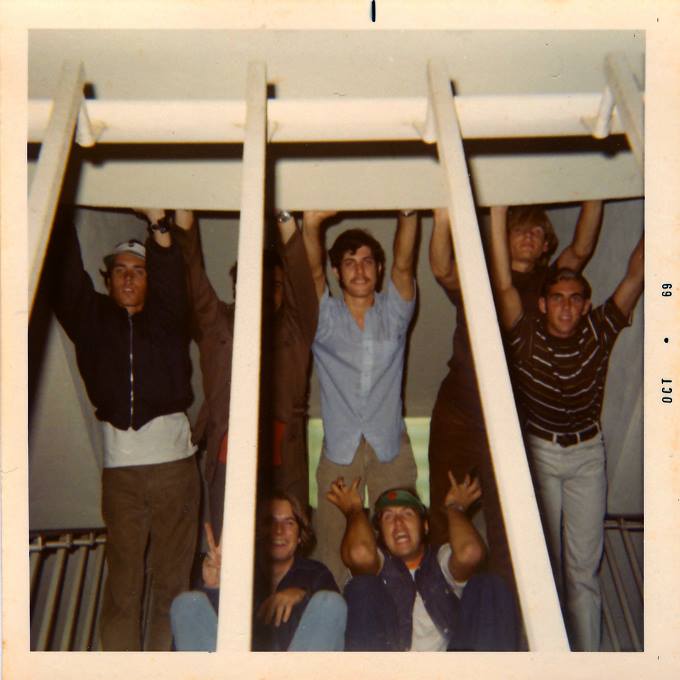
Windi Records issued single “Colors Of Love” / “Sometimes A Woman”.
Let me bring you up to speed here. Bob Engemann’s brother was a VP at Capital Records, at that time one of the largest record companies in the world. The plan had been that when our album was ready, we would be signed to Capital, and Bob would recoup his studio costs. But just before we were ready, Capital signed another group that Bob had produced. So when it was our turn, unfortunately, Capital decided it would look like a conflict of interest to sign another band between the two brothers.
That left Bob and us with a completed album but no label. So like Entra, Windi was formed by Bob and some other investors to use to get the album out there. But they had no distribution structure in place, which is why the album did not do well. “Colors Of Love” / “Sometimes A Woman” was the first single. Windi lasted long enough to release albums by a couple other acts, and singles by a few more before they gave up.
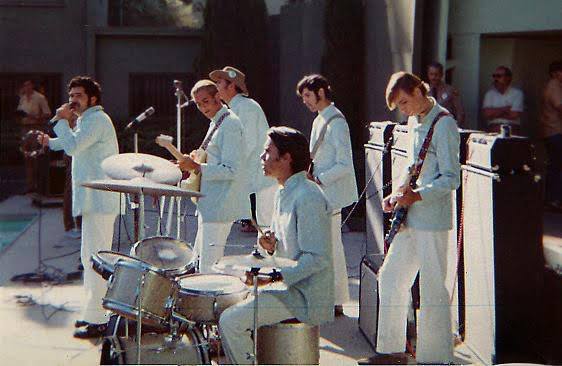
First you recorded under the name of “Sunlight”. Was there a lineup change in the group? Why did you drop ‘seven’ out?
No lineup change. It’s just that we thought having a member count as part of the name seemed a bit dated. Things were moving fast back then. Kingston Trio, Dave Clark Five, etc. were early 1960’s. We were late 1960’s.
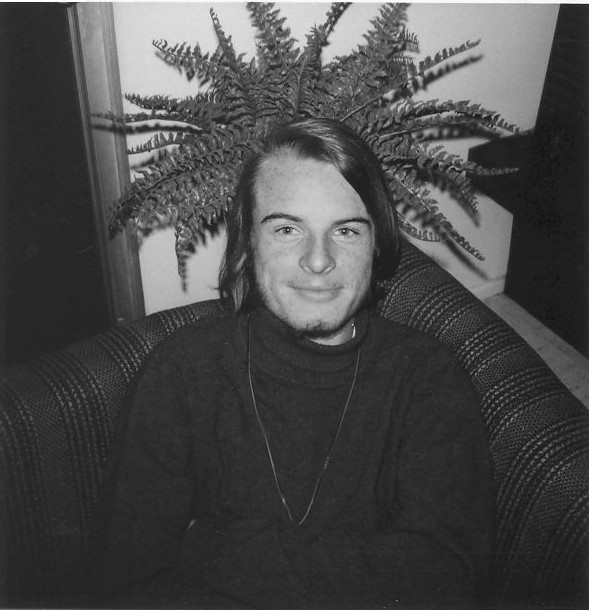
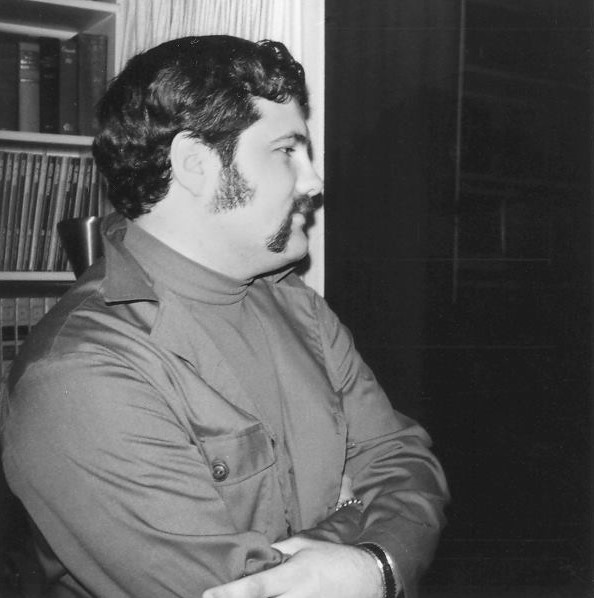
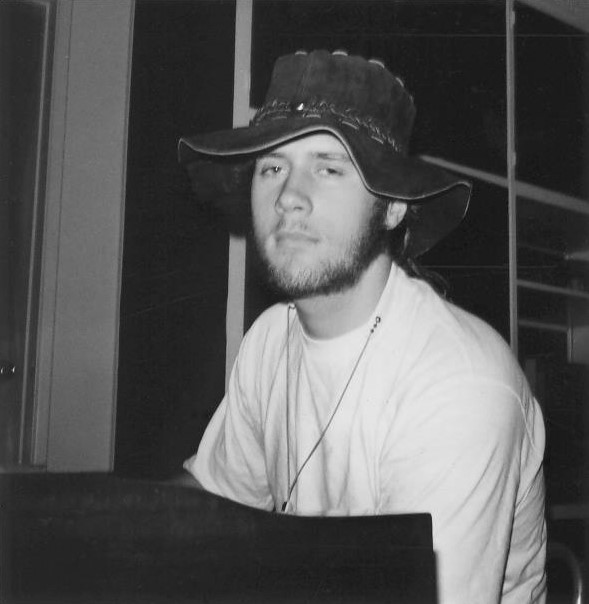
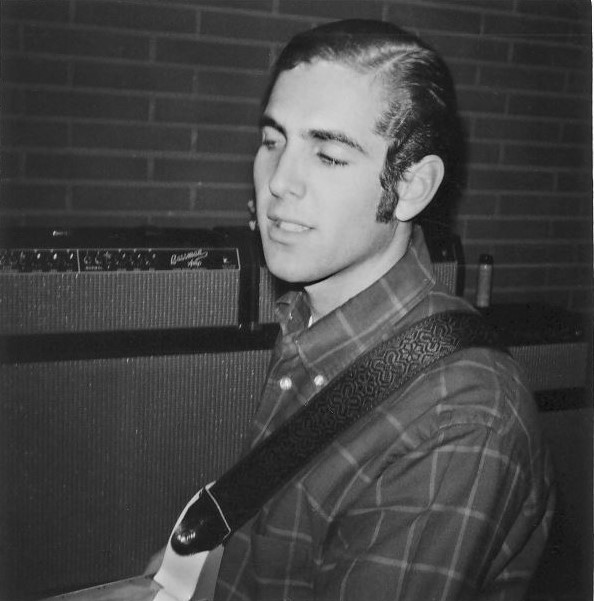
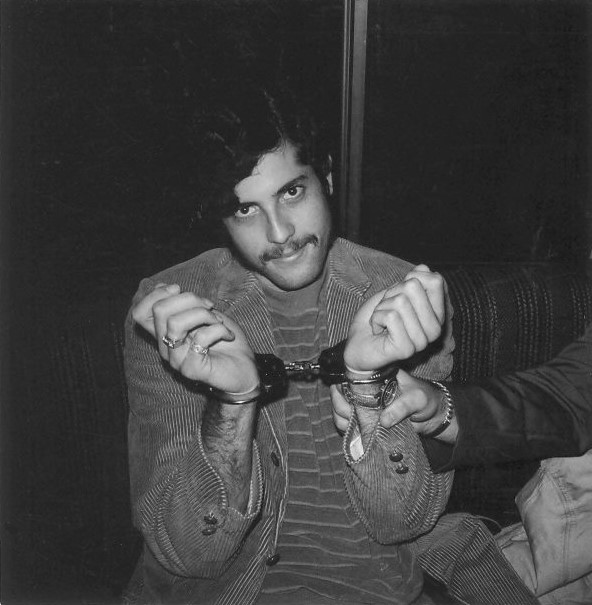
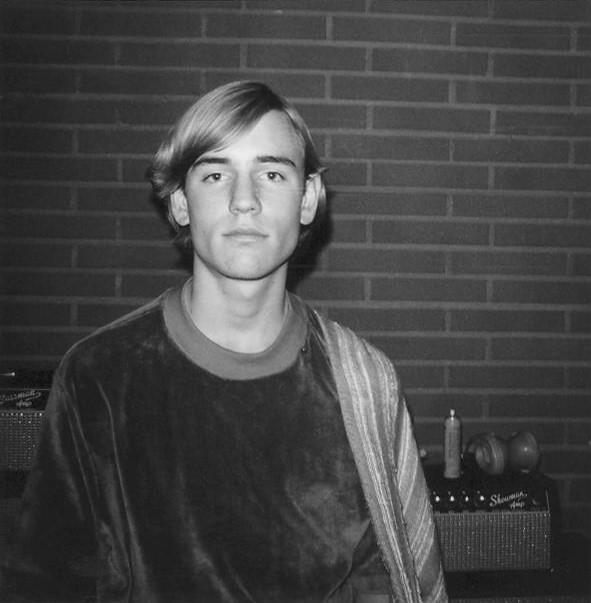
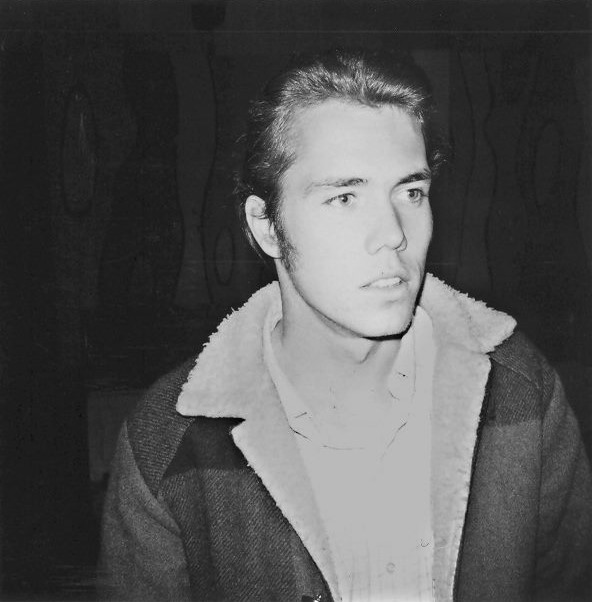
What’s the story behind your album? You changed your name to “Creation Of Sunlight”?
Wrong again internet. “Creation Of Sunlight” was and is the name of the album, not the name of the band. But since that was the only text on the cover, everybody assumed it was the band’s name. However, Windi did release a third single, “David” again, and called it as being by Creation Of Sunlight, but that was just a last ditch effort to tie it to the LP. We never called ourselves or performed under that name.
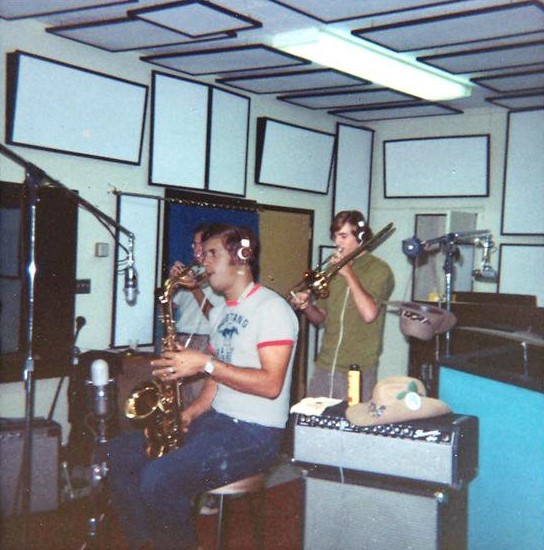
Where did you record it?
All the songs were recorded at Bob Engemann’s studio in North Hollywood, California. It was named Independent Recorders. There were four main tracking sessions and a few tweaking sessions. A total of twelve songs were recorded. Ten made it onto the LP, one (“Judy in Disguise”) was a single B-side only, and one was never released.
What kind of equipment did you use?
We had mostly Fender guitars and amps. Jerry, our keyboard player had a Baldwin organ, but also used the studio’s Hammond and upright piano. The studio recorder was eight tracks on one inch tape.
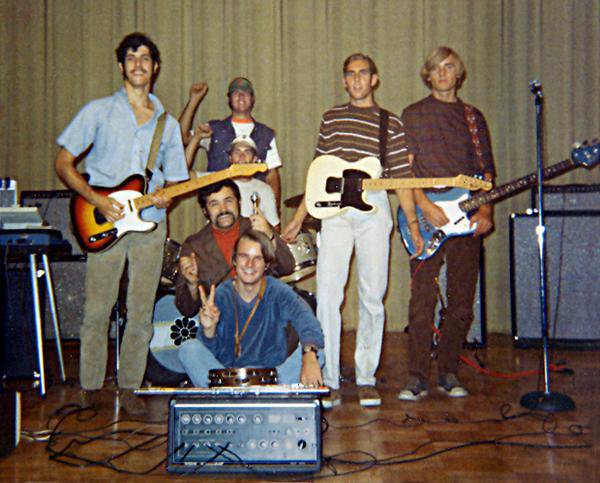
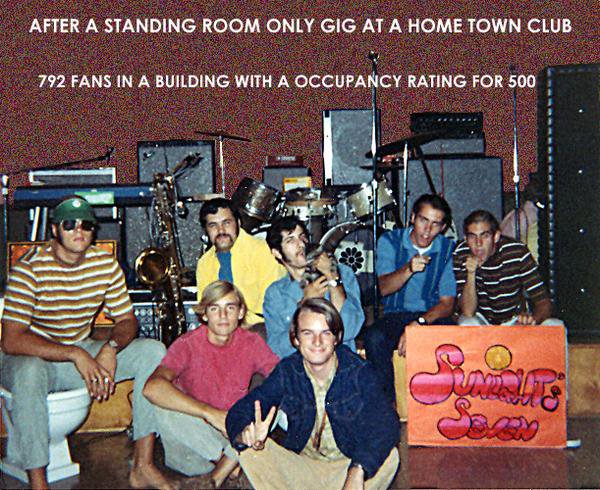
Who was the producer?
The album was basically produced by lead singer Gary Young, keyboardist Jerry Griffin, and our engineer Howard Gayle. Our executive producer was Bob Engemann, but he didn’t have much input on the recordings.
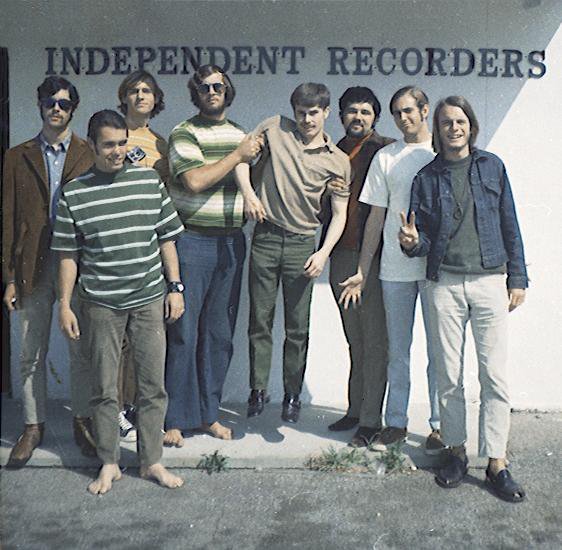
What can you say about the cover art?
Photo and design was by Jeff Mulick, just a local friend of ours. Having a fisheye lens was sort of a novelty back then.
Would you share your insight on the albums’ tracks?
“David”
Written by some friends of ours, it tells the story of the child protagonist seeing a fantasy world that the adults miss. This song would have been made during our second recording session, which also produced a cover of “Judy in Disguise”. Those two songs became our first 45 rpm single release on Entra Records.
“Rush Hour Blues”
Written by Gary & Jerry. Just a song about being stuck in traffic. Long Beach is right next to Los Angeles, so this is a subject we were familiar with.
“Light Without Heat”
Written by Gary. About the flame of love burning out.
“In The Middle Of Happy”
Written by Gary. From our first session. You can hear it’s a somewhat simple song, and pretty much a straight forward recording. Just a bunch of mostly 17 year olds, in an actual studio for the first time.
“Hammond Eggs”
Jerry, who was very much loving the studio’s Hammond organ, wrote this instrumental to showcase that keyboard.
“Sometimes A Woman”
Written by our friend who also did “David”. Just a song about having a loving partner. This became our second 45 rpm release, the first on Windi Records.
“Second Thoughts”
Written by Gary, and is another from our first recording session. Another love going bad song, and again pretty basic in production.
“Seven Times Infinity”
I came up with the main riff, in an effort to get us into a bit more complicated space musically. Lyrics are by Gary.
“Colors Of Love”
Written by Gary. Jerry did the mouth percussion in real time as we recorded the track. An edited (for length) version was the b-side of the “Sometimes A Woman” single.
“The Fun Machine”
Written by Gary & Jerry. Probably the last song we recorded. Talks about something but never actually says what it is.
How many copies were released?
500 copies of the LP were pressed. I don’t know if that counts as “released”. And I have no idea how many copies of each of the three singles were made.
What happened after the release?
I don’t know what sort of efforts were made. But nothing much came of it. We heard rumors that the “David” single had made it into the top 30 in Florida and parts of the mid-west United States, and the Windi LP was listed as bubbling under the top 100 on the Billboard charts for a short time, but it all faded away real quick.
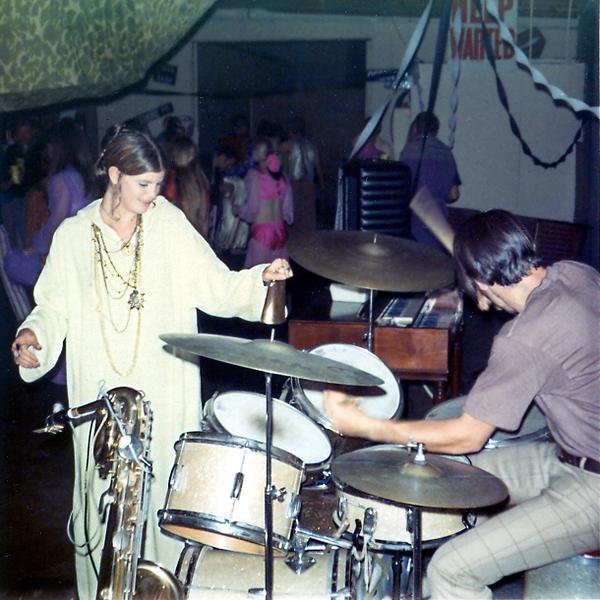
Did you play any shows to promote the release of the album?
No. Because we didn’t get any radio air-play, there was nothing to promote. We just kept being a cover band.
How about touring?
Not with the original band. By the early 1970’s we were all off at college maintaining our student deferments from the military draft, waiting for the Viet-Nam war to end. The original band just fizzled out. Gary did briefly reform the band with a few other players, and they conceived one trip to Gary’s home town of Oklahoma City, but that could hardly be considered a tour.
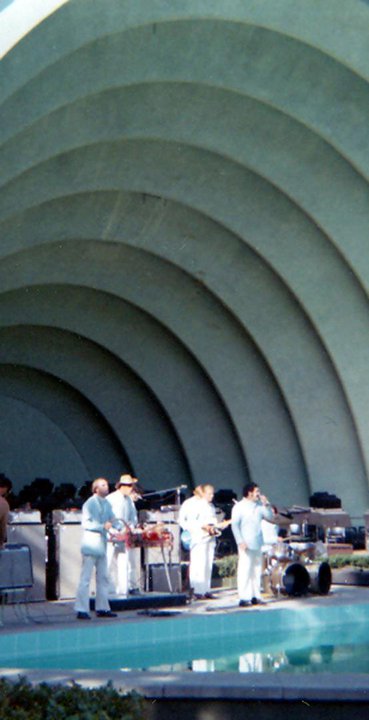
Did you share stage with some other bands?
Nobody. Cover bands always worked alone.
What happened next?
After we failed to land a major record deal, and Windi failed to garner any momentum, we just sort of lost faith in the project. And as mentioned above, the war was raging, and we all went to different colleges after high school. There was no point in continuing.
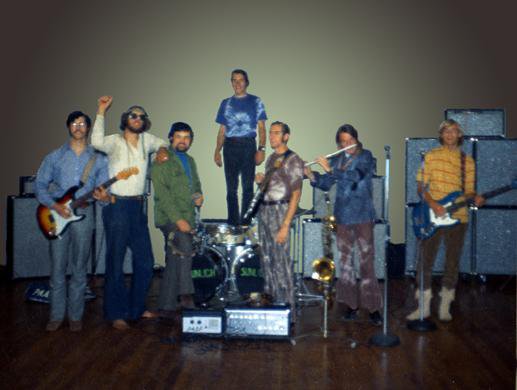
I was very active in other bands for most of the 1970’s including one with fellow Sunlight member Don Sain. In late 1976 I left California and moved north to Oregon. There I played in a few groups, but quit performing live by the mid 1990’s.
I’m now 67 years old, and have been retired from the work force for 3 years. But I’m actually more involved with music than I’ve ever been. I do multi-track audio and multi-camera video for local bands I like, and I do it for free. It’s my way of paying back for all the fun I had when I was young.
And being older, I have a unique perspective which these young bands I work with don’t have. When the internet happened, and I was able to track down and reconnect with my past band mates, we really appreciated being able to share the old photos and recordings. So while I understand how important it is to these young bands with what they’re doing now, I also know that they will be thankful in the decades to come, that someone bothered to document them at this point in their lives.
Looking back, what was the highlight of your time in the band?
First let me comment on the music. As mentioned before, things moved fast, and it was all new. There was rapid progress in recording and concert technology. Every new Beatles or Rolling Stones release was a big deal. The industry was not over saturated like it is now. Back then, every band was unique.
The Baby Boomer generation was the first to question the status quo. Whereas earlier generations strived to emulate what had come before, we were the first to look for new directions and values, to experiment and learn by personal experience.
Were you inspired by psychoactive substances like LSD at the time of writing the album?
Personally, I have never been high or drunk ever. That was my form of rebellion. As a band, Sunlights’ Seven was mostly into beer.
But I agree with you about drugs having an effect on creativity. The best example, in my opinion, is Jefferson Aiplane. If you study their first 5 studio albums, and know the band’s history, it forms a perfect bell curve of being a positive and then becoming a negative factor.
Is there any chance for a short reunion?
No. We all live in different parts of the United States now, and haven’t seen each other since our 40th high school reunion in 2009. Most of the members don’t play anymore anyway.
However, this year, 2018, is the 50th anniversary of the first recordings we did, so there may be a re-issue of the album soon.
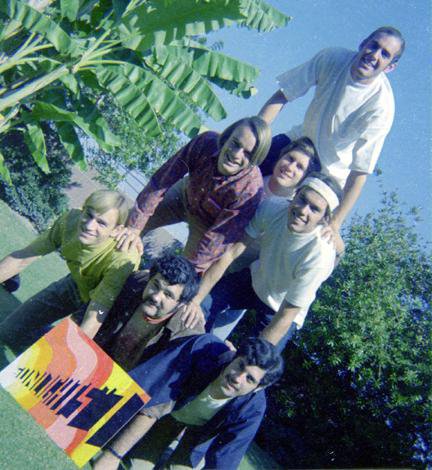
Thanks for taking your time. Last word is yours.
We have been surprised and honored that our no-hit wonder LP is now known all over the world. We have fans on every continent except Antarctica! We are thrilled to occasionally see our name on play lists with some of the greats of that era. We attribute this to the fact that it’s a pretty good record, and that there is a whole lot of younger people that regard the 1960’s as being special time in the history. And it was!
Sunlight fanpage on Facebook
Steve Montague Youtube
Foreword by Beverly Paterson (review here)
– Klemen Breznikar


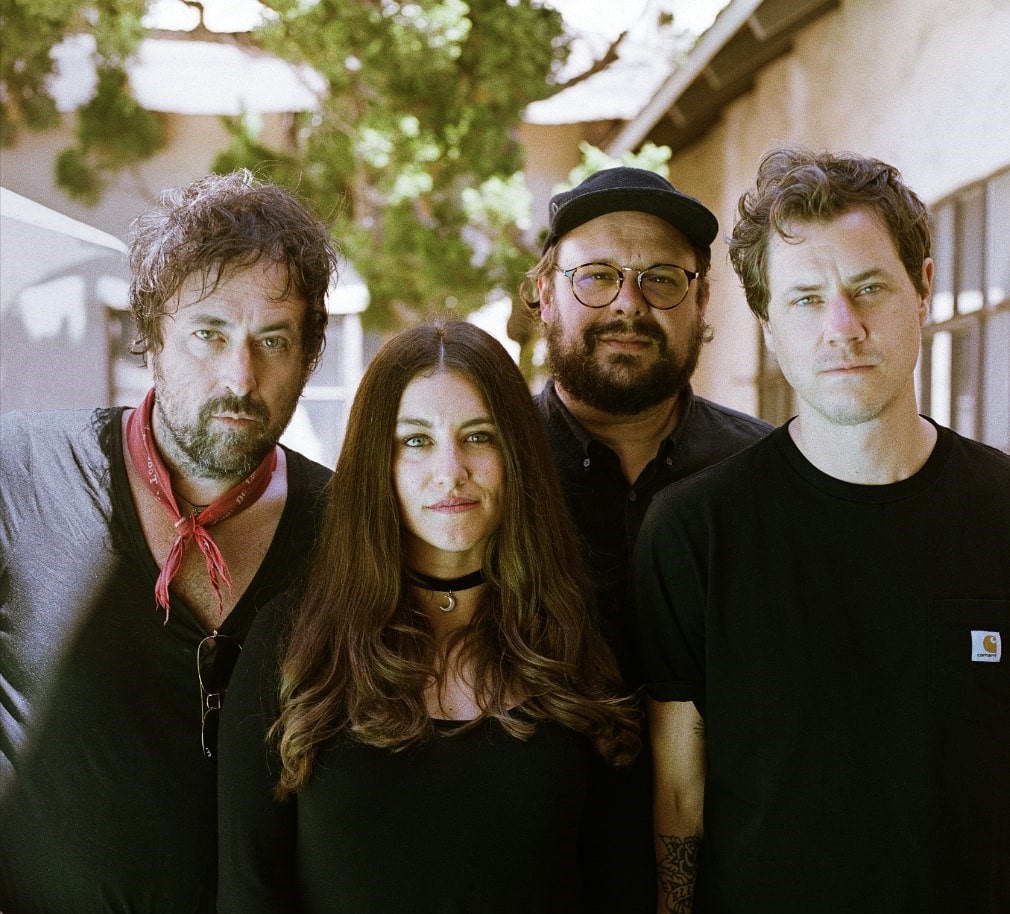

Never heard of the group before and the knowledge imparted like this interview does is what makes the site so good. Another interesting band from that fascinating time to check out. Nice photos too.
Absolutely one of the forgotten classics of the late ‘sixties. Nothing better to play on a warm, sunny day. The opening track alone (“David”) should have made them global superstars, but the whole album is just great.
Great interview, the album is fantastic, really talented group!